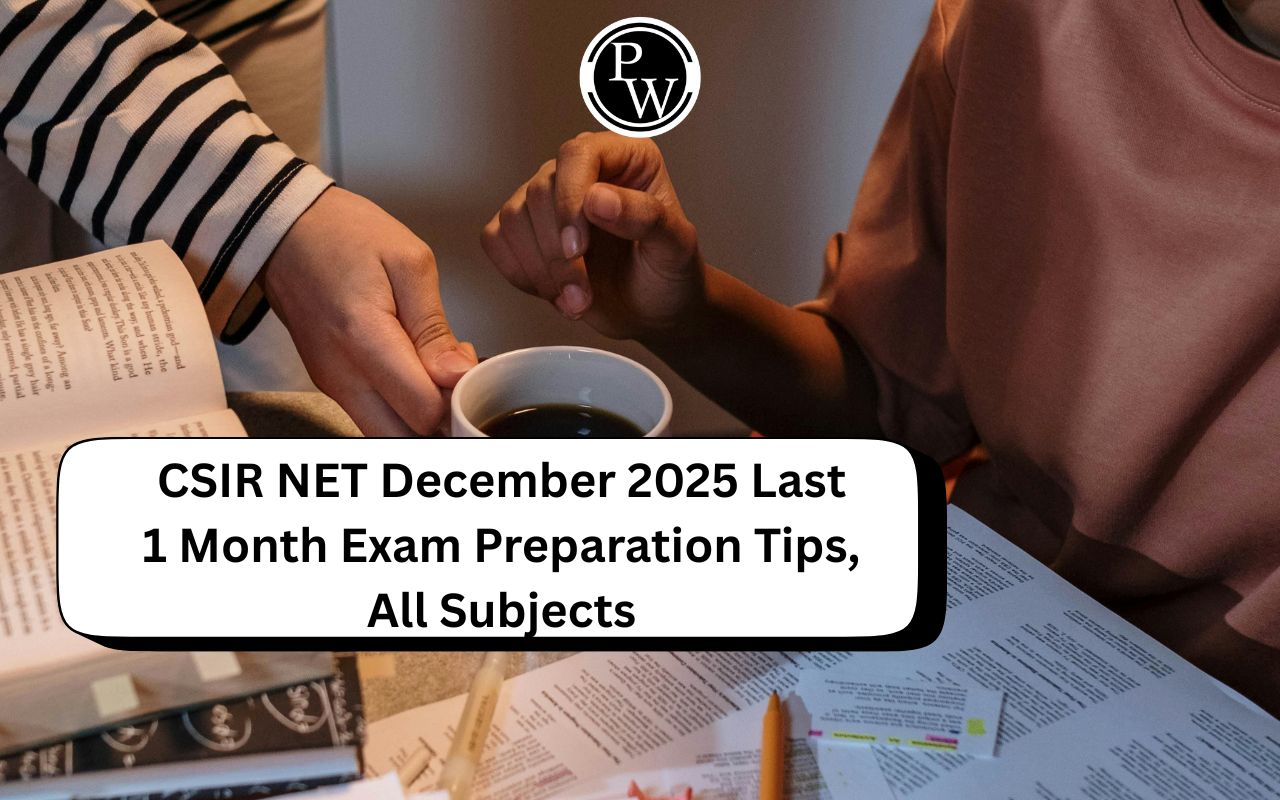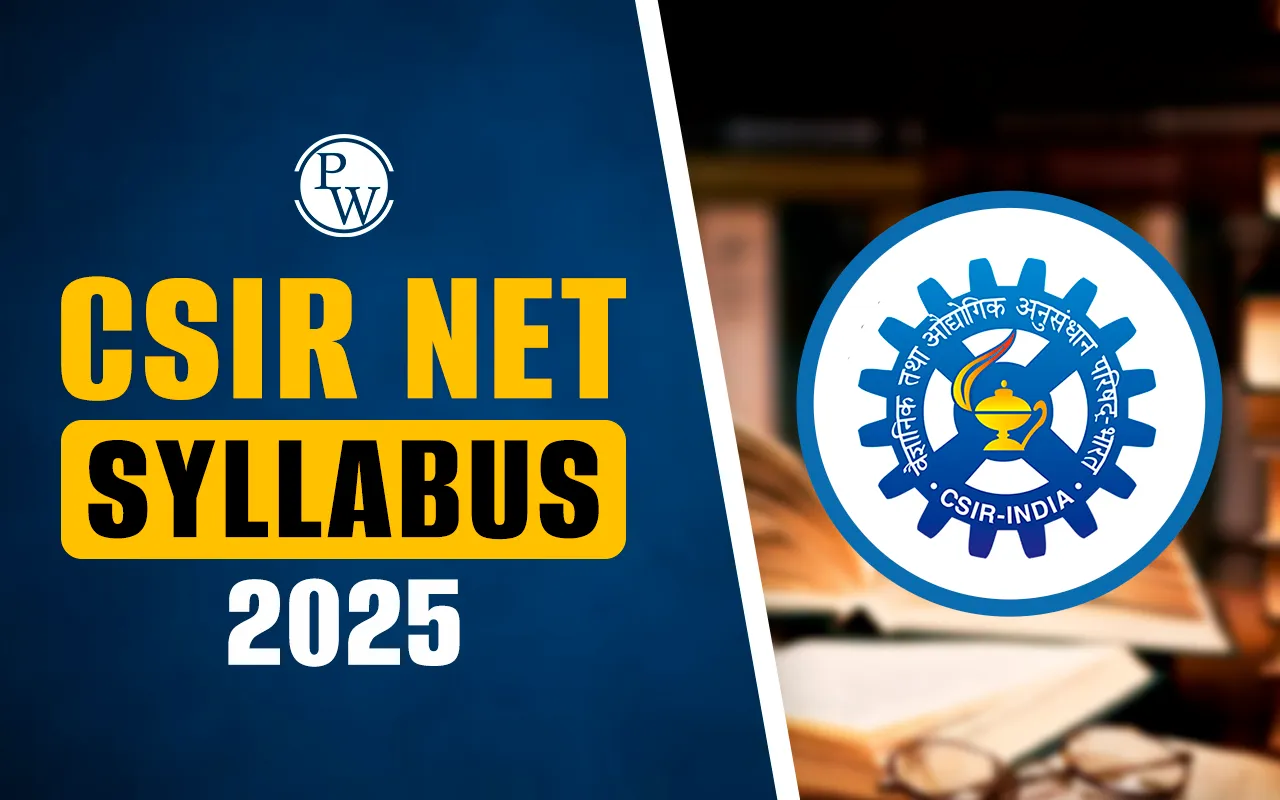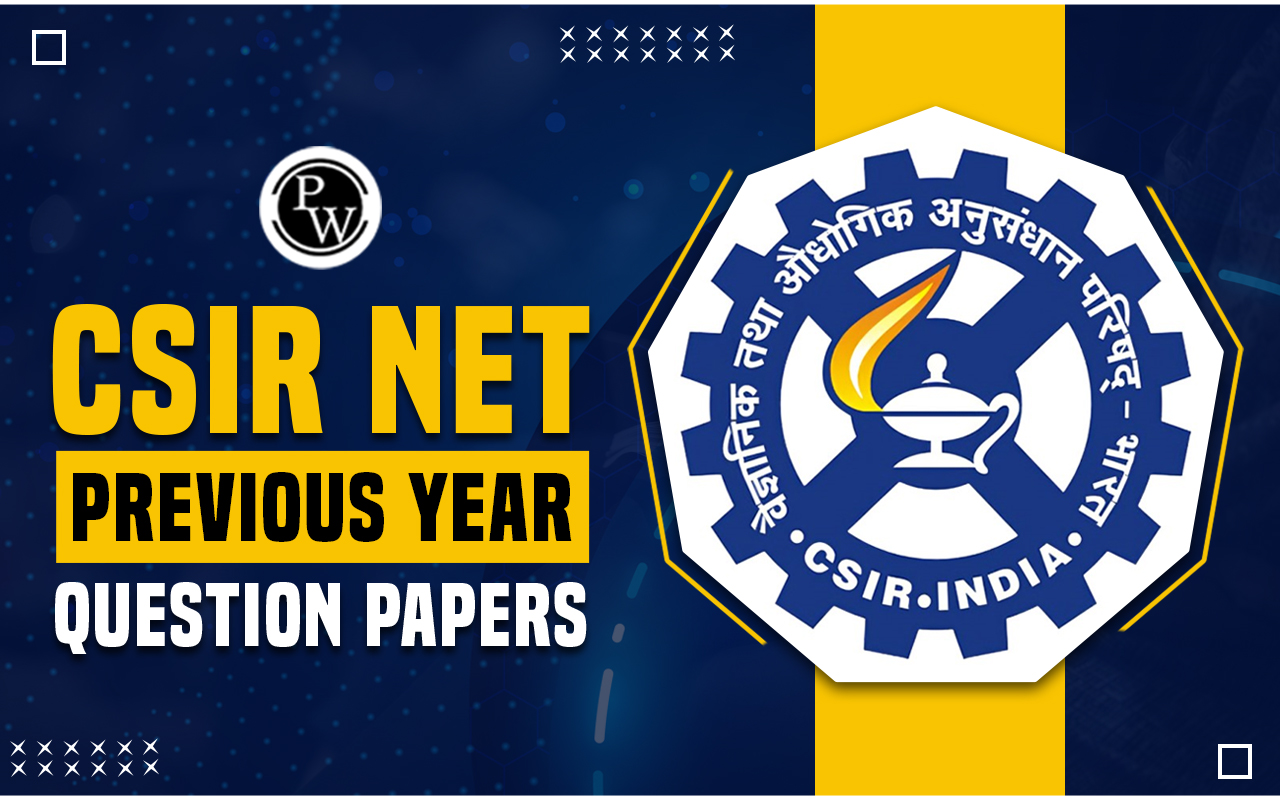
UPPSC Assistant Professor Chemistry Syllabus 2025 includes organic, inorganic, and physical chemistry. It covers topics such as spectroscopy, quantum mechanics, kinetics, and applied chemistry. The official syllabus PDF can be taken as the academic framework for candidates preparing for faculty positions in government colleges under the Uttar Pradesh Public Service Commission. The design of the syllabus tests factual knowledge, conceptual clarity, problem-solving skills, and the ability of the candidate to communicate effectively as a teacher.
UPPSC Assistant Professor Chemistry Syllabus PDF
The official syllabus for the Chemistry subject is available as part of the UPPSC Assistant Professor Notification 2025. Candidates should download and refer to the PDF for accurate details, as it includes the full syllabus and exam scheme.
Candidates can click here to download the notification PDF document and find the Chemistry syllabus details:
UPPSC Assistant Professor Chemistry Syllabus 2025 Overview
The UPPSC Assistant Professor Chemistry Syllabus covers all branches of chemistry, including organic, inorganic, and physical, with special attention to topics like spectroscopy, quantum mechanics, thermodynamics, kinetics, and polymer chemistry. In addition, the exam is held in English and includes a written paper followed by an interview.
The Uttar Pradesh Public Service Commission (UPPSC) has issued the syllabus for Chemistry to assess subject expertise and teaching readiness in the UPPSC Assistant Professor. The framework ensures that candidates are tested for their knowledge in organic, inorganic, and physical chemistry. Also, applicants may find questions related to analytical problem-solving and spectroscopic interpretation in the UPPSC assistant professor recruitment 2025.
Further, here are some useful insights related to the UPPSC Chemistry Syllabus:
| UPPSC Assistant Professor Chemistry Syllabus Overview | |
|---|---|
| Particulars | Details |
| Subject | Chemistry |
| Exam Year | 2025 |
| Source of Syllabus | Appendix 2 of the UPPSC Assistant Professor Notification |
| Coverage | Organic, Inorganic, and Physical Chemistry with Spectroscopy and Applied Chemistry |
| Total Units | 10 thematic sections, including Organic, Inorganic, Physical, Spectroscopy,and Applied Chemistry |
| Evaluation Focus | Factual knowledge, conceptual clarity, problem-solving, teaching aptitude |
| Evaluation Weightage | Written Examination and Interview |
Note: Candidates are recommended to check the official notification for updates or changes before starting their preparation for the UPPSC assistant professor recruitment 2025.
UPPSC Assistant Professor Chemistry Syllabus 2025
The Chemistry syllabus for UPPSC faculty recruitment is divided into ten core areas of Chemistry. It includes fundamental theories, practical mechanisms, and advanced applications. Further, candidates are expected to solve problems, explain concepts, and apply chemical principles to both theoretical and real-life contexts.
Here are some important topics under the official UPPSC assistant professor syllabus for Chemistry:
| UPPSC Assistant Professor Chemistry Syllabus 2025 | |
|---|---|
| Unit | Topics |
| Unit 1 | Aromaticity of benzenoid and non-benzenoid compounds, concepts of antiaromaticity and homoaromaticity. |
| Unit 2 | Organic reaction intermediates: generation, stability, and reactivity of carbocations, carbanions, free radicals, carbenes (including NHC) and benzynes. |
| Unit 3 | Stereochemistry: R, S and E, Z systems, regioselective, stereospecific, stereoselective, and diastereoselective reactions, Cram’s and Felkin–Anh models, enantioselective reactions, conformational isomerism in cyclic and acyclic molecules. |
| Unit 4 | Organic reaction mechanisms: electrophilic additions to alkenes, nucleophilic additions to carbonyls and enones, eliminations (E1, E2, E1cb), substitution reactions (SN1, SN2, neighbouring group participation), electrophilic and nucleophilic aromatic substitutions. |
| Unit 5 | Key name reactions and rearrangements: Aldol addition/condensation, Perkin, Reformatsky, Barton, Di-π-methane rearrangement, Mitsunobu, Pinacol–Pinacolone, Baeyer–Villiger, Beckmann, Curtius, Schmidt, and Lossen rearrangements. |
| Unit 6 | Pericyclic reactions: electrocyclic processes, cycloadditions ([2+2], [4+2], alkene–ketene, ketene–imine), and sigmatropic shifts ([1,3], [1,5], [2,3], [3,3]). |
| Unit 7 | Photochemistry of carbonyls: α-cleavage, β-cleavage, intramolecular hydrogen abstraction, and photoreactions of α,β-unsaturated ketones. |
| Unit 8 | Spectroscopy for structure determination: UV, IR, ¹H NMR, ¹³C NMR, and mass spectrometry. |
| Unit 9 | Reagents in organic synthesis: NaBH4, DIBAL-H, organocuprates, Na/NH3(l), Collins reagent, PCC, PDC, Me₃SiX, 1,3-dithiane, SeO₂, Pd-catalysed cross-coupling reactions (Suzuki, Negishi, Stille). |
| Unit 10 | Physical and inorganic chemistry: quantum mechanics (particle in a box, hydrogen atom), atomic structure, spectroscopy, group theory, thermodynamics, statistical mechanics, electrochemistry, kinetics, colloids, polymers, photochemistry, solutions and colligative properties. |
Note: The content above is taken directly from Appendix 2 of the UPPSC Assistant Professor Notification 2025.
UPPSC Assistant Professor Chemistry Exam Pattern
The examination structure of UPPSC recruitment for Chemistry faculty is designed to examine the depth of knowledge and teaching potential of the applicants. Here, the written exam evaluates subject matter across the full syllabus.
Candidates can read the following details about the recruitment test pattern:
| UPPSC Assistant Professor Chemistry Exam Pattern | |
|---|---|
| Component | Details |
| Exam Mode | Offline (Pen and Paper) |
| Coverage | Complete the Chemistry syllabus from Appendix 2 |
| Marks Weightage | Written Exam and Interview |
| Merit List | Based on the combined scores of both stages |
Note: Any updates to the exam pattern will be issued on the UPPSC portal.









